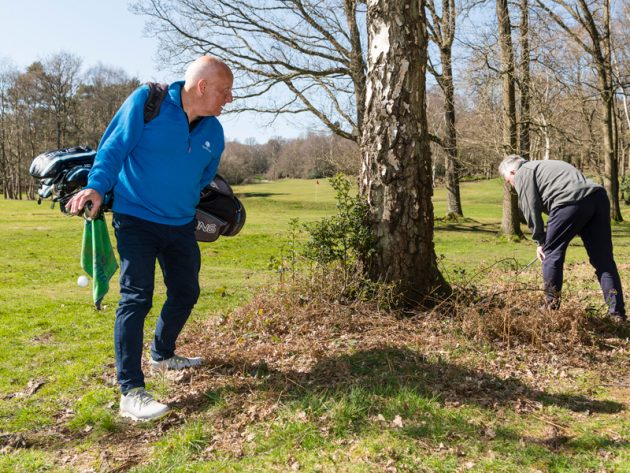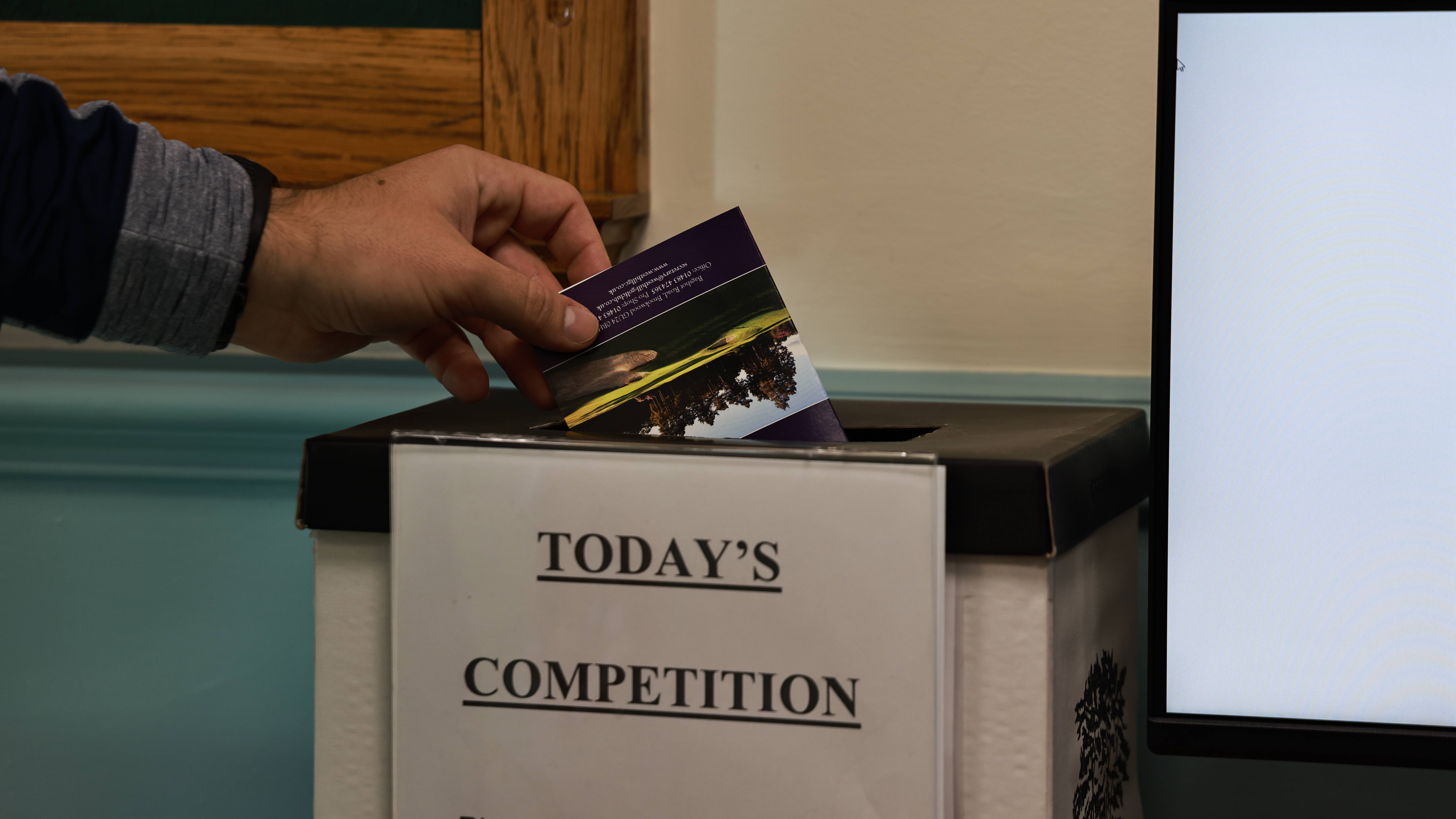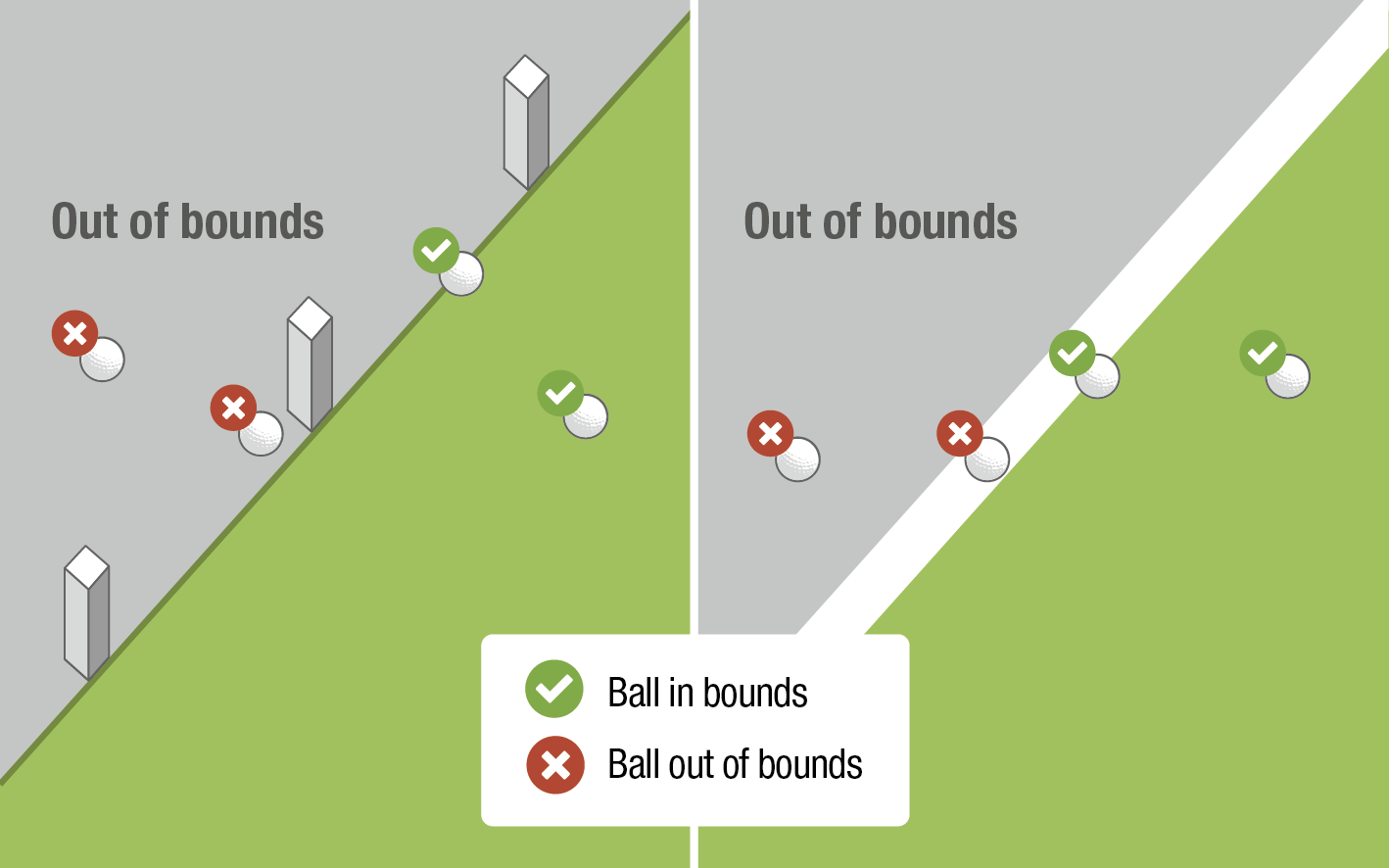How To Spot A Golf Cheat: The Key Signs To Look Out For
In any walk of life, there are people who look to bend the rules and game the system, and golf is no different. Here's how to spot people who look to do just that...


Ask thousands of golfers to give one word associated with the sport and a number would use the word integrity. There are many faux pas that can be committed while playing the game, including etiquette mistakes and misunderstanding the rules, but cheating sits at the top of the pile.
The trouble is, it's impossible to regulate and monitor everyone. As such, it falls on the individual to play the game in the right spirit, be honest with theirselves and treat their fellow playing partners with respect. Golf requires a level playing field on which to compete.
But In any walk of life, there are people who look to bend the rules and game the system, and golf is no different. Even though the vast majority of golfers do the right thing and wouldn't dream of seeking an unfair advantage, suggestions of cheating abound.
There's no doubt it's more common than it should be at club level and GM's Joe Ferguson, who played the mini professional tours for five years, believes cheating is rife at the lower professional level.
With anecdotal evidence at every level of the game, such broad scope for infractions and a reliance on self-policing that a minority choose to be a little lax on, cheating is, unfortunately, something that exists in golf.
With all that in mind, we reveal the ten most common ways that dishonest golfers look to 'get away with it' on the course...
1 - The 'Lost' Ball

A version of the classic trouser leg
- Dropping a ball and playing it – the classic “trouser leg.”
- Playing a ball that isn’t theirs – “Yup, found it!”
- Searching for more than three minutes, finding it and playing on.
- Hitting same model and number of provisional “Yeah, this is definitely the first one.”
Every ball you hit should be uniquely identifiable. That means that if you have just hit a Titleist 1 with a blue dot on it into the deep rough, your provisional should either feature a different number or a different marking.
Subscribe to the Golf Monthly newsletter to stay up to date with all the latest tour news, equipment news, reviews, head-to-heads and buyer’s guides from our team of experienced experts.
- Not indicating that the second ball hit, fearing the first may be lost, is a provisional and then finding the first and playing it – perhaps one that could be a lack of knowledge, but still against the rules.
2 - “I’m not playing it from there”

- Kicking out sideways – the “leather wedge.”
- Moving the ball to a preferable spot – “I was just identifying it.”
- Flattening grass (The pummel, not the waggle, and a downward press!)
- Breaking branches – “If I just bend that… SNAP… Ah, there we go.”
- Accidentally knocking off a branch on practice swing and not declaring – Also one that some might need a bit of education on…
- Grounding club firmly in bunker to improve route to back of ball.
3 - Scorecard Shenanigans

There can often be scorecard shenanigans before a card is submitted
- Magic pencil after round – wilful doctoring of the card.
- Announcing the wrong score on course – should be easily challenged by vigilant playing partner
- Accepting lower score written down by partner – “Erm, yes, that was par.”
- Realising later that score inputted was lower but not informing secretary or other official… “Well I didn’t win anyway.”
- Not handing in the scorecard immediately – generally a rules misunderstanding but one that should be pointed out nonetheless!
4 - Equipment violations

Vaseline on the clubface
- Knowingly playing with illegal, non-conforming, equipment
- Altering equipment during round – Possibly ignorance of rules
- More than 14 clubs in the bag - wilful if done knowingly or opportunistic if noticed after the round and not announced.
- Tampering with equipment – Vaseline on clubface for instance.
5 - On course antics

Some people play the ball when it's clearly just out of bounds
- Not announcing an air shot - “It was a practice swing!”
- Not announcing a ball moving in the rough – “I got no advantage!”
- Playing from out of bounds – “No, it was just still in… Sorry for playing out of turn by the way.”
- Not counting how many shots played, “I think it was a nine.”
- Being late to the tee and not applying penalty - thought of by many as not cheating but it’s against the rules!
6 - Banditry

Look out for the tricks used by bandits
Yes, being a bandit is a form of cheating too (look out for these common tricks employed by golf club bandits)...
- Not playing enough counting rounds to get cut.
- Throwing in a couple of closing doubles to avoid a cut.
- Declaring a false handicap. Selecting an unofficial number and then beating it by a few shots is a sure way to rile all those who do play with an official handicap. With schemes like iGolf in England and OpenPlay in Scotland allowing non golf club members to obtain a handicap, there's really no excuse.
7 - On the green

The old marker move
- Moving the marker closer to the hole when a playing partner isn’t looking.
- Marking to side then remarking behind – Often an indicator of the dishonest golfer.
- Moving a marker off a playing partner’s line and then returning it closer to the hole… Tough to spot!
8 - Questionable Dropping

What's the headcover doing on still?
- Ignoring nearest point of relief.
- Dropping outside permitted distance.
- Taking liberties with a back in line drop… “Yes, this nice clear area is definitely in line with the pin.” … Or is it?
- Over-estimating where a ball crossed a penalty area line - Possibly wilful but hard to prove, perhaps a lack of rules knowledge or just a misjudgement.
- Bending the rules to try to get a free drop - Saying you’re going to play a 4-iron when actually you’d only get a wedge at it.
9 - Matchplay (Cheating or gamesmanship?)
Certainly a bad sign if any of the following are spotted:
- Finding opponent’s ball and not saying anything.
- Not looking for opponent’s ball – is it cheating or bad sportsmanship?
- Deliberate slow play.
- Deliberately putting off an opponent by coughing, rustling change or similar.
10 - “It’s just a bounce game”

I'll give myself that
It can be more difficult to deal with cheating in bounce games as it’s up to the individuals participating to take a firm line. Particularly now with General Play scores counting for handicap under the World Handicap System. Things to look out for include:
- Players giving themselves putts.
- A player giving one person in the group putts but not others,
- Announcing a mulligan or “don’t count that one”,
- Being purposefully ignorant of rules - “Yeah, I get a drop from there I’m sure.”
- Announcing a false handicap.

Fergus is Golf Monthly's resident expert on the history of the game and has written extensively on that subject. He has also worked with Golf Monthly to produce a podcast series. Called 18 Majors: The Golf History Show it offers new and in-depth perspectives on some of the most important moments in golf's long history. You can find all the details about it here.
He is a golf obsessive and 1-handicapper. Growing up in the North East of Scotland, golf runs through his veins and his passion for the sport was bolstered during his time at St Andrews university studying history. He went on to earn a post graduate diploma from the London School of Journalism. Fergus has worked for Golf Monthly since 2004 and has written two books on the game; "Great Golf Debates" together with Jezz Ellwood of Golf Monthly and the history section of "The Ultimate Golf Book" together with Neil Tappin , also of Golf Monthly.
Fergus once shanked a ball from just over Granny Clark's Wynd on the 18th of the Old Course that struck the St Andrews Golf Club and rebounded into the Valley of Sin, from where he saved par. Who says there's no golfing god?
You must confirm your public display name before commenting
Please logout and then login again, you will then be prompted to enter your display name.